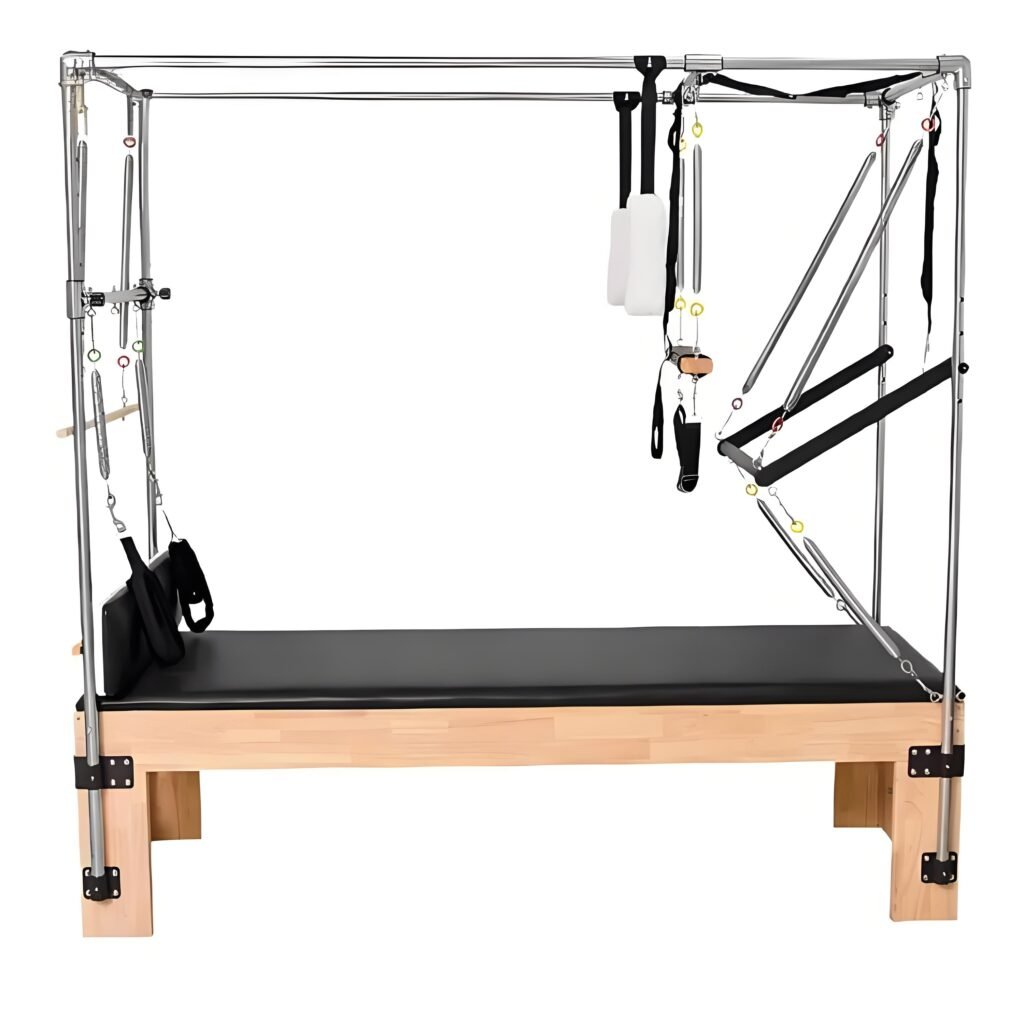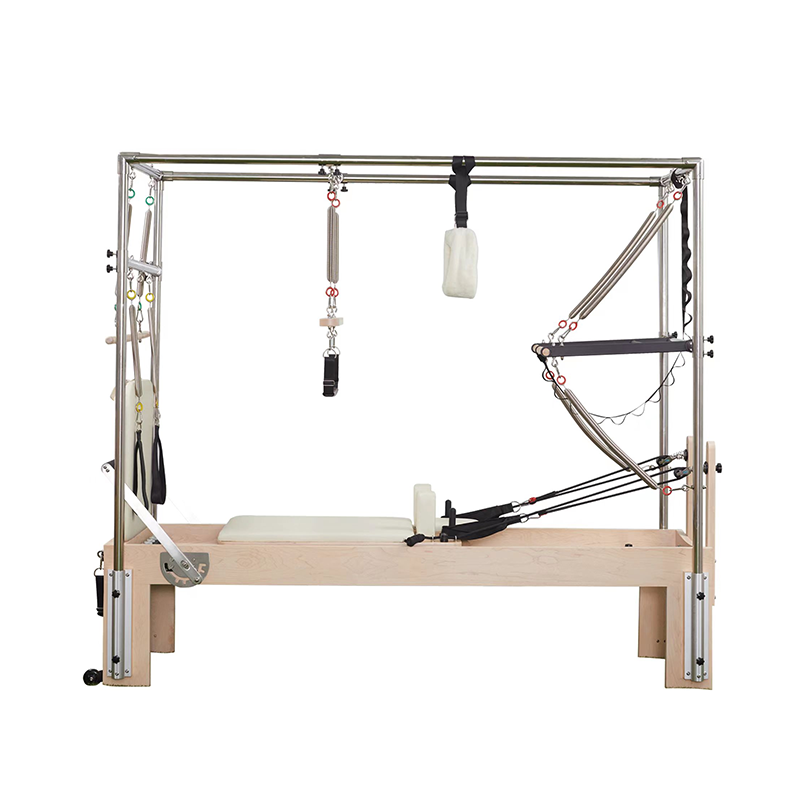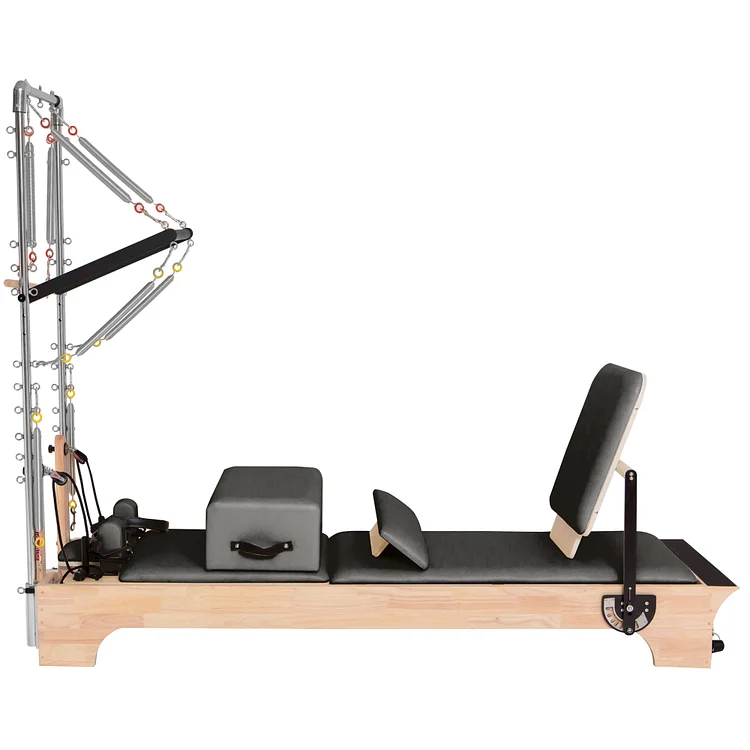
Introduce
In the realm of fitness, trends come and go, but some methods stand the test of time due to their effectiveness and versatility. One such method is Reformer Pilates, a discipline that has evolved from the original Pilates practice developed by Joseph Pilates in the early 20th century. This article explores the benefits of Reformer Pilates, how often you should incorporate it into your routine, the timeline for seeing results, and whether it can be your sole form of exercise.
What is Reformer Pilates?
Reformer Pilates utilizes a specialized piece of equipment—the Pilates reformer—that consists of a carriage that moves along a frame with springs providing resistance. This apparatus allows for a wide range of exercises that target strength, flexibility, and core stability. The reformer adds an element of instability, which challenges the body to engage more muscles than traditional floor-based Pilates exercises, leading to a more dynamic and comprehensive workout.
Benefits of Reformer Pilates
Reformer Pilates offers several key benefits:
Enhanced Core Strength
The exercises on the reformer focus heavily on the core, improving abdominal strength and stability.
Improved Posture and Alignment
Regular practice helps correct postural imbalances and enhances overall alignment.
Increased Flexibility and Range of Motion
The spring resistance allows for controlled stretching, promoting flexibility.
Stress Reduction
Like other forms of Pilates, reformer sessions can help reduce stress and improve mental clarity.
Suitable for All Fitness Levels
Exercises can be modified for beginners or advanced practitioners, making it accessible to a wide range of individuals.



Frequency and Duration
The frequency at which one should perform Reformer Pilates depends on personal goals and schedule. For general fitness, aiming for two to three sessions per week is recommended. This frequency allows for muscle recovery while still providing enough stimulus for improvement. Each session typically lasts between 45 minutes to an hour, offering a balanced combination of strength, flexibility, and cardiovascular work.
Seeing Results
The timeline for seeing results from Reformer Pilates varies based on individual factors such as consistency, diet, and overall health. Generally, noticeable improvements in strength and flexibility can be observed within four to six weeks of regular practice. However, significant changes in body composition, such as muscle tone and fat loss, may take several months.
Can Reformer Pilates Be Your Only Workout?
While Reformer Pilates provides a well-rounded workout, including elements of strength, flexibility, and cardiovascular health, it may not cover all aspects of fitness for everyone. For those looking to build substantial muscle mass or improve high-intensity aerobic capacity, additional training such as weightlifting or running might be necessary.
However, for individuals whose primary goal is to maintain a lean physique, enhance core strength, and improve flexibility, Reformer Pilates can indeed serve as a complete workout regimen. It’s important to listen to your body and adjust your routine as needed to prevent overuse injuries and ensure continued progress.
Conclusion
Reformer Pilates is an excellent addition to any fitness routine, offering a unique approach to strengthening the core, improving posture, and increasing flexibility. By incorporating two to three sessions per week, you can experience tangible improvements in your physical and mental well-being. While it can be a standalone workout for many, it’s beneficial to diversify your exercises based on your specific fitness goals and lifestyle needs.
By embracing the principles of Reformer Pilates and making it a consistent part of your routine, you’ll likely find yourself stronger, more flexible, and better aligned—both physically and mentally. Whether you’re a beginner or an experienced fitness enthusiast, the reformer offers a challenging yet rewarding path to enhanced fitness.





